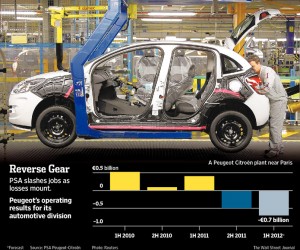
For a long time, music was thought to have been a hindrance to effective time utilization and completion of tasks. Listening to tunes at work was considered something no one did for fear of either getting fired or simply being unfocused.
However, the tables have turned. Music has been shown to increase focus, awareness, and even boost productivity in typical workplaces such as the office. Granted, tuning out to your favorite Taylor Swift song is not recommended for high customer interaction jobs such as McDonalds or Chipotle, but in the more traditional office settings, with often endless rows of busy-bees confined to cubicles, music can become a lifesaver and a productivity-booster.
According to FastCompany.com, a blog geared around operational management strategies, studies have shown that employees engaging in repetitive tasks can benefit greatly from listening to even the simplest songs at work. “The effects music can have in relation to repetitive tasks were further explored in this study, which showcased how assembly line workers displayed signs of increased happiness and efficiency while listening to music” (FastCompany).
Additionally, even articles by the New York Times vouch for music’s effectiveness in the workplace, “In one study involving information technology specialists, she found that those who listened to music completed their tasks more quickly and came up with better ideas than those who didn’t, because the music improved their mood.” (NYTimes)
In an article by Time Magazine, music is cited as being a real help in recalling facts and boosting memory recognition: “Adults aged 18 to 30 were asked to recall a series of sounds presented in a particular order. Participants’ performance suffered when music was played while they carried out the task as compared to when they completed the task in a quiet environment. Nick Perham, the British researcher who conducted the study, notes that playing music you like can lift your mood and increase your arousal” (Time)
Although there have been many studies showing that music does help with employee satisfaction, happiness, and productivity in certain workplaces, how do you feel about allowing/using music in the workplace? Do you believe that there are instances where it should not be allowed? In what setting would you feel most comfortable allowing employees to listen to music? If not allowing employees the option to listen to their individual headphones, how else would you attempt to increase productivity at a workplace, if not by music?
Works Cited:
http://ideas.time.com/2012/09/12/does-listening-to-music-while-working-make-you-less-productive/




